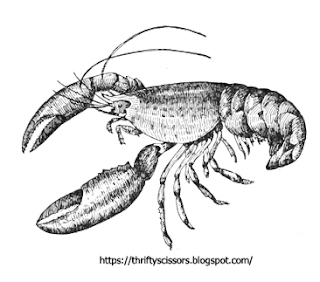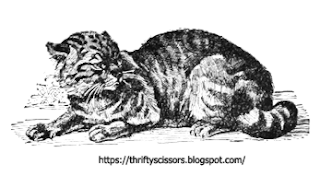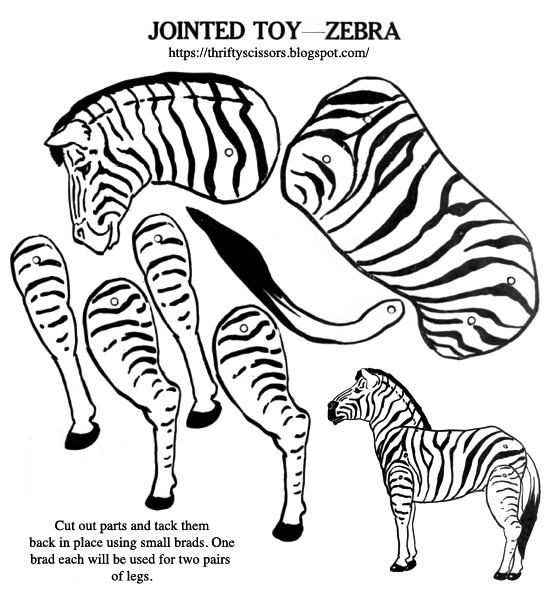 |
| Sometimes grouse are called partridges or pheasant. |
Grouse are a group of wild birds, related to the domestic fowls.
14 Facts About Grouse:
- Grouse usually live on the ground, and they always nest there.
- During a part of the year they live in families and confine themselves to forests and partially barren regions, where they feed on berries, buds, leaves and insects, which they often uncover by scratching.
- When hunted, it is their habit to lie hidden until their enemy is almost on them and then fly off rapidly with a great whirring of wings.
- The male birds become fierce in the breeding season and, after dancing, drumming and performing various antics before the hens, they fight viciously, the victor mating with the whole flock of hens; as soon as the females begin to sit, the male leaves them alone to take the entire care of their offspring.
- The eggs number from eight to fourteen.
- The young are very sprightly and leave the nest almost as soon as they are hatched, and on the least alarm they hide themselves skillfully.
- In the United States there are a number of different species, chief of which is the ruffed grouse, partridge, or pheasant, as it is called according to locality.
- This bird is of a brownish color, with a light-spotted breast, and trim, plump form.
- On the neck of the male are two large patches of black feathers, which open out, fanlike, at times.
- The ruffed grouse are considered among the finest American game birds.
- Most of the states limit to a few months the period during which they may be hunted.
- The prairie chicken, another grouse, once was exceedingly common throughout the Central States, but it has been almost exterminated.
- The sound the prairie chicken makes is a loud, hollow booming that is almost as peculiar as the drumming of the ruffed grouse.
- There are a number of different species of the grouse in Europe, where they are favorites with sportsmen.
More About Grouse From The Web:
































